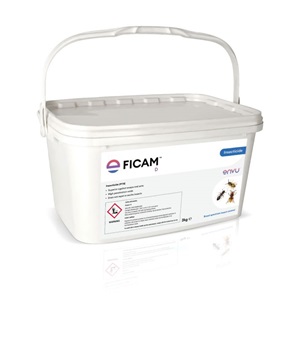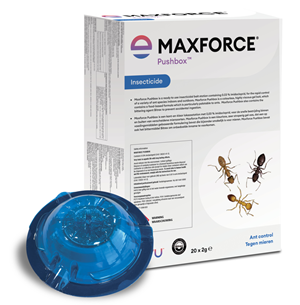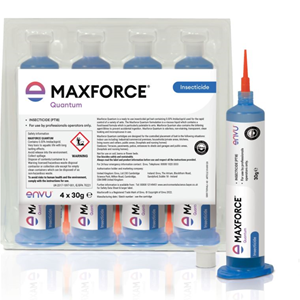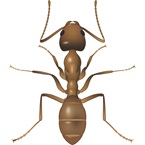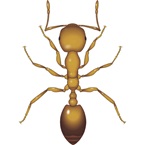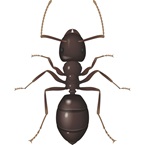Latin name:
Tapinoma melanocephalum
Characteristics:
Ghost ants are an invasive species and in Europe, occupy roughly the same habitat as Pharaoh ants including public buildings, residential homes and warmer habitats such as greenhouses, zoos etc. Ghost ants have polygyne colonies (multiple queens in a single colony) with individual nests containing between 100-1000 workers. One colony may consist of several nests which readily exchange workers. Ghost ants are usually not aggressive to each other when they originate from the same area.
Species characteristics:
Ghost ants are very small ants with a pale abdomen hence the name “Ghost ant”. In detail they are characterised as follows:
Areas where found:
Indoor Ghost ants nests in Europe tend to prefer warmer habitats due to their high moisture needs, therefore, often trails can lead to sinks, baths, toilets and showers. Indoor nests are generally located within wall voids, behind skirting boards, under and between cabinets and walls or in potted plant soil. Workers run rapidly and erratically, trailing along edges and corners. Trails are often hidden, under carpet edges and along electrical wires in wall voids. Foragers collect all kinds of nutrients but prefer sweet food.
Ghost ants are considered a nuisance but they can through passive transfer disseminate germs and spores. Ghost ants may be distributed easily via household goods, packages and flower pots.
Lifecycle:
Ghost ants are social insects and live in moderately sized colonies with up to several thousand members. Colonies consist of: workers (sterile females), fertile males and queens (fertile females). There are usually many queens in a colony (multiqueen colonies) and they co-exist amicably. The queens can be replaced so colonies will survive indefinitely. New colonies are typically formed by budding and may be encouraged by disturbing nests. Adult ants are responsible for this process which
may include queens. Worker ants carry larval stages to a new nest site from which they can rear queens and males. Temporary nests may be established whilst the workers search for new sites. If established in mobile equipment infestations can be widely distributed. The workers provide food for the colony and maintain the nest.
Only 5-10% of workers are actually engaged in foraging. Fertile males and females develop from well fed larvae. Flying swarms are never seen, mating taking place in the nests and small spaces in buildings.
Control:
Successful control requires the eradication of all nests. Baiting is the preferred control method to achieve this goal. The use of conventional contact treatments usually leads to a reduction of numbers but this method is less successful in complete nest eradication because it relies on contact rather than the ants feeding on it and taking it back to the colony. However, the repellent nature of contact insecticides may even increase the number of satellite colonies. Maxforce Quantum applied on the foraging tracks of Ghost ants will lead to effective control of the population within several weeks depending on the size of the colony.

